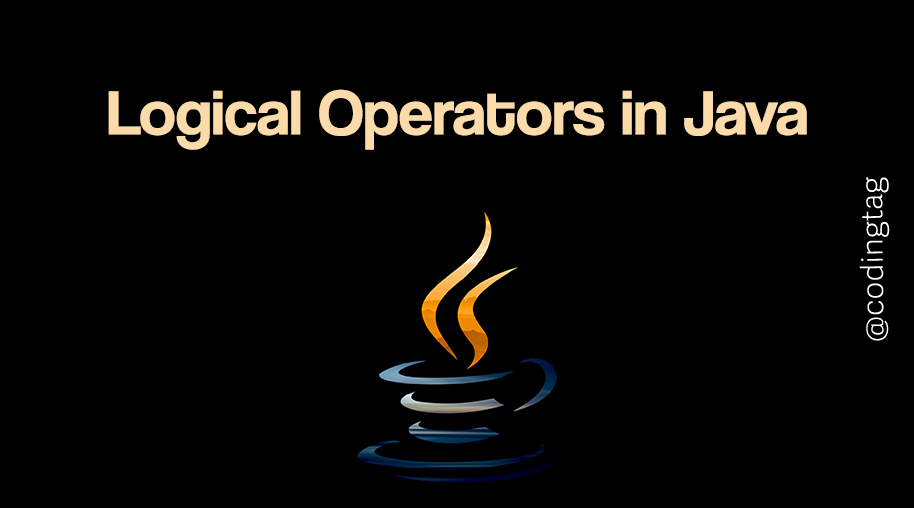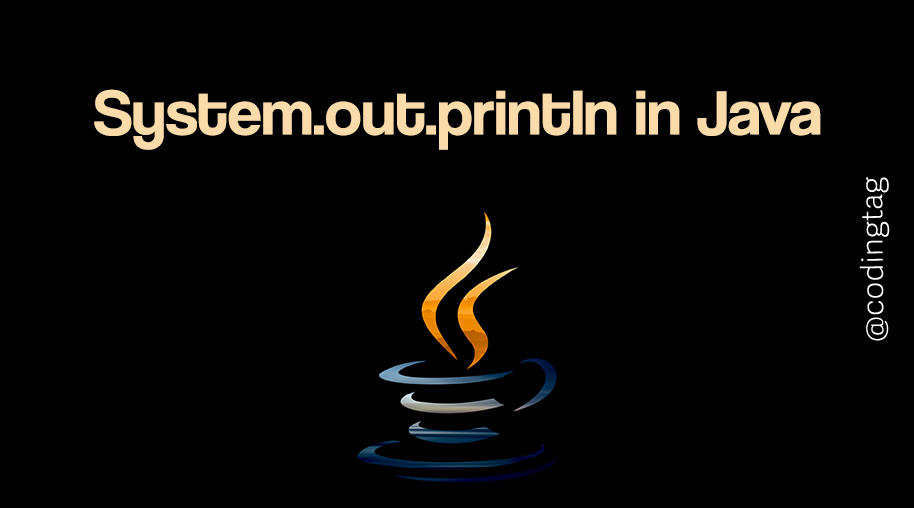Operator Precedence and Associativity in Java
0 473
What is Operator Precedence in Java?
Operator Precedence in Java refers to the priority rules that determine the sequence in which different operators in an expression are evaluated. When an expression contains multiple operators, Java uses these rules to decide which operator to apply first, ensuring consistent and predictable results.
Understanding Associativity
Associativity in Java defines the order in which operators of the same precedence level are evaluated. It can be either left-to-right (left associative) or right-to-left (right associative).
This concept becomes important when expressions contain operators with equal precedence.
How Precedence and Associativity Work Together
When evaluating a complex expression, Java first applies operator precedence to decide the order between different types of operators.
If operators share the same precedence, then associativity rules determine the evaluation order among those operators.
Operator Precedence Table (Simplified)
Here’s a brief overview of common operators by precedence (highest to lowest):
- Parentheses
() - Unary operators (
++,--,+,-,!) - Multiplicative (
*,/,%) - Additive (
+,-) - Relational (
<,>,<=,>=) - Equality (
==,!=) - Logical AND (
&&) - Logical OR (
||) - Assignment (
=,+=,-=, etc.)
Associativity Direction
- Left-to-right associativity: Most binary operators like addition (
+) and multiplication (*) are evaluated left to right. - Right-to-left associativity: Assignment operators (
=,+=, etc.) and unary operators like increment (++) are evaluated from right to left.
Code Example: Precedence and Associativity
// Expression without parentheses
int result = 10 + 20 * 3;
// Multiplication (*) has higher precedence than addition (+),
// so it's evaluated as 10 + (20 * 3) = 10 + 60 = 70
System.out.println(result); // Output: 70
// Expression with multiple same precedence operators
int a = 5;
int b = 10;
int c = 15;
int res = a - b + c;
// '-' and '+' have same precedence and left-to-right associativity,
// so evaluated as (5 - 10) + 15 = -5 + 15 = 10
System.out.println(res); // Output: 10
// Right-to-left associativity with assignment
int x, y, z;
x = y = z = 50; // evaluated right to left
System.out.println(x); // Output: 50
System.out.println(y); // Output: 50
System.out.println(z); // Output: 50
Using Parentheses to Control Evaluation
Parentheses have the highest precedence and allow you to explicitly specify the order in which parts of an expression should be evaluated, overriding default precedence and associativity rules.
Code Example: Parentheses Impact
int result1 = 10 + 20 * 3; // Evaluated as 10 + (20 * 3) = 70
int result2 = (10 + 20) * 3; // Parentheses change order: (10 + 20) * 3 = 90
System.out.println(result1); // Output: 70
System.out.println(result2); // Output: 90
Summary
Operator Precedence and Associativity in Java are fundamental concepts that govern how expressions are evaluated. By understanding these rules, you can avoid common pitfalls and write clearer, more predictable Java code.
When in doubt, use parentheses to make your intentions explicit.
If you’re passionate about building a successful blogging website, check out this helpful guide at Coding Tag – How to Start a Successful Blog. It offers practical steps and expert tips to kickstart your blogging journey!
For dedicated UPSC exam preparation, we highly recommend visiting www.iasmania.com. It offers well-structured resources, current affairs, and subject-wise notes tailored specifically for aspirants. Start your journey today!

Share:






Comments
Waiting for your comments